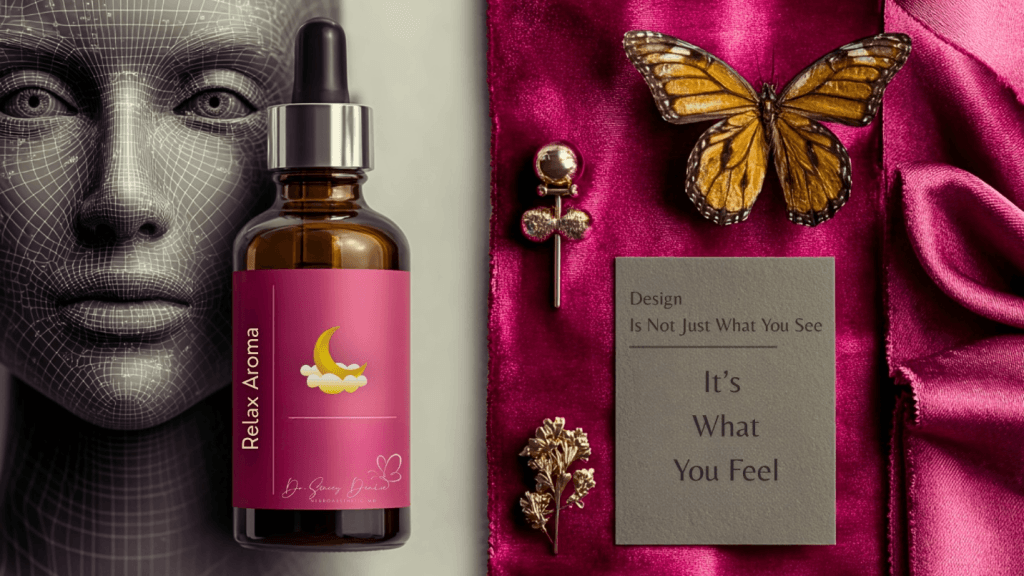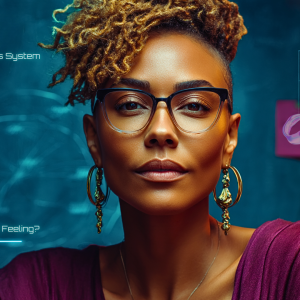AI isn’t neutral. It reflects us, our stories, our exclusions, our systemic blind spots. And for women navigating the world in neurodivergent bodies, with sensory sensitivities, alexithymia, or high-functioning autism, that reflection often returns as a distortion.
We live in a time where algorithms scan our faces, analyze our speech, sort our applications, and even suggest therapies. But the question isn’t just: “Is the AI fair?” It’s also: “What does it do to the body when it isn’t?”
In this post, I want to explore how the biases in artificial intelligence don’t just create bad outcomes, they create nervous system stress for those whose identities are already marginalized. And why healing, clarity, and representation must be re-integrated at the design level, both in how we build machines, and in how we recover from them.
How AI Reinforces Human Bias, and Why It Hurts
Artificial intelligence learns from us. It reads our patterns, digests our histories, and amplifies what it sees as “normal.” But here’s the problem: our patterns have always been skewed.
- In healthcare, AI systems trained on predominantly white patient data have misdiagnosed Black and Brown individuals, leading to inadequate treatment and dangerous underdiagnoses.
- In hiring, tools trained on male-dominated resumes have downgraded anything coded as “feminine,” reinforcing gender gaps under the guise of objectivity.
- In art, early versions of AI tools prioritized Eurocentric beauty standards, erasing nuance, culture, and the emotional resonance of diverse design traditions.
For those already under-recognized by society, being erased by a machine adds another layer of dysregulation. This isn’t just about outcomes. It’s about what it feels like to be excluded by something that claims to be impartial.
The Sensory Cost of Being Misread
For neurodivergent women, especially those with alexithymia, emotional masking, or sensory defensiveness, AI bias introduces a unique stressor: The world already feels untranslatable. Now the machines can’t read us either.
This creates a subtle, ongoing cognitive dissonance. You sense you’re being judged by invisible metrics, without recourse or recognition. It activates a kind of low-grade survival stress, one that’s hard to name but lives in the breath, the jaw, the pulse. It’s the tension of being perceived inaccurately, repeatedly.

Design Is Not Just What You See, It’s What You Feel
At Ceyise Studios and through The Color Reset Method™, we look at AI, design, and technology through a neuroaesthetic lens: how does this input affect the nervous system, self-concept, and emotional safety of the person receiving it?
When AI fails to reflect back our complexity, we are left with the echo of someone else’s norm. But when designed well, technology can:
- Empower expression
- Reinforce identity
- Soothe overstimulated systems through color, rhythm, and symbolic resonance
That’s what I’m here to help reimagine.
Moving Toward Healing-Centered AI + Lifestyle Design
We don’t need to abandon AI. We need to interrupt its assumptions and redesign how we interact with it. This begins with:
1. Cognitive Clarity through Color + Sensory Feedback
Use color rituals to counteract emotional numbness and visual overstimulation. What color would reflect how AI sees you? Now what color reflects how you see yourself?
2. Micro-Rituals of Identity Recovery
When systems flatten your story, use small rituals, gesture, scent, sound, to reconnect to personal agency and emotional tone.
3. Creating Safe Sensory Inputs
If your work involves using AI tools (in art, hiring, or healthcare), buffer your sensory exposure with calming anchors: Binaural beats. Essential oils. Fractal imagery. Weighted textures.
4. Rewriting Your Narrative
AI can’t interpret your nuance, but you can. Write, sketch, or speak your daily truth into a journal, app, or visual archive. Make space for being misread, and then choose to rewrite it symbolically.
5. Ask the Design Question
When you encounter a biased tool, ask:
- What nervous system was this designed for?
- Whose emotional rhythm was prioritized?
- Where would my sensory needs be visible here?
Five Questions for Reflection + Self-Integration
- When was the last time a digital system misread you? How did your body respond?
- What sensory inputs help you regulate after feeling erased, excluded, or “not quite seen”?
- What parts of your identity do you wish AI tools better understood, and how might you ritualize them offline?
- Where in your daily workflow do you need a visual or sensory counterbalance to digital stress?
- How can you become a sensory designer of your own recovery space, even in a tech-driven world?
Final Thought
AI bias isn’t just about ethics. It’s about embodiment. When the systems that shape our world are blind to our texture, our rhythm, our emotional palette, they don’t just fail us technologically. They fail us aesthetically. And that, too, is a form of harm.
But beauty is resilient. And you, beautifully wired, quietly powerful, are capable of designing a world that feels like you, even when the code doesn’t see you clearly.
Coming Up in Part 2:
When Machines Misread the Body: AI, Identity, and the Stress of Aesthetic Exclusion










